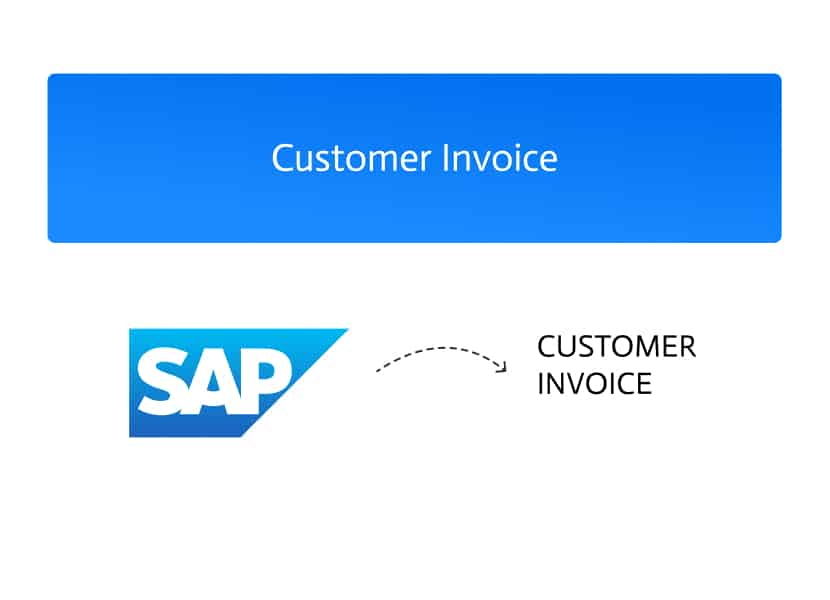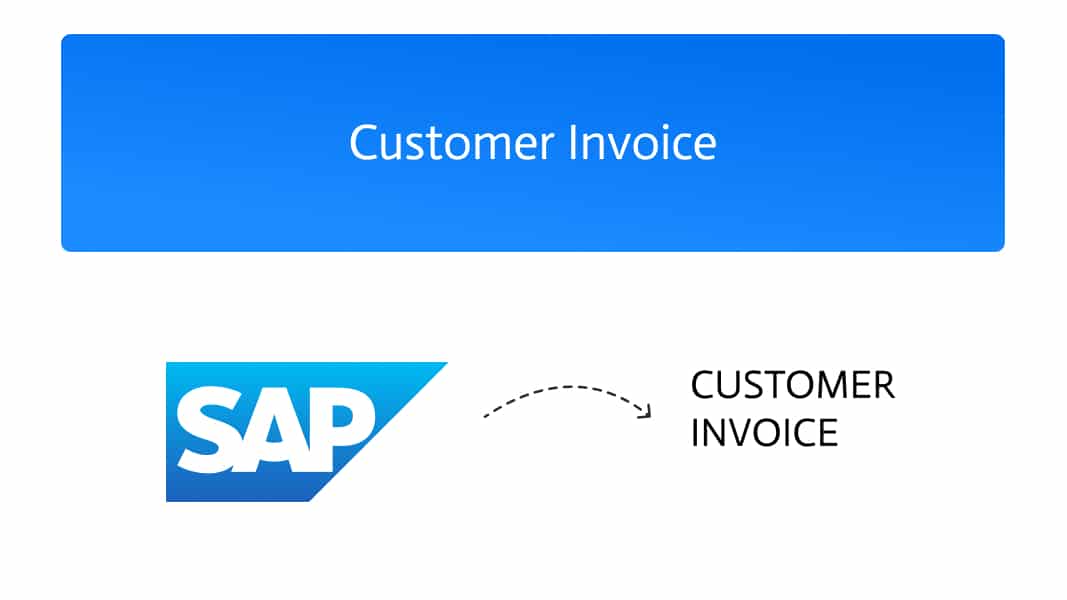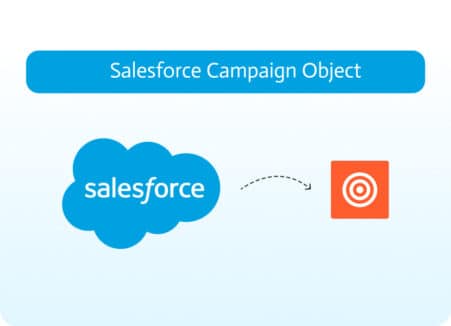

A Quick Look at Customer Invoice in SAP:
Definition
A Customer Invoice in SAP is a binding financial statement indicating amounts receivable from a customer. These amounts may result from the delivery of goods, provision of services, credit memos, or adjustments to previously recorded receivables. The Customer Invoice formalizes the transaction and initiates the process of revenue recognition and payment tracking.
Technical Information
- Entity Type: Business Object
- Software Component Version: ESM CRM 7.02
- Technical Name: CustomerInvoice
- Object Category: Business Process Object
- Release State: Released
Business Context and Use
The Customer Invoice object plays a central role in the customer billing process. It enables organizations to bill customers accurately for goods delivered or services rendered. SAP’s pricing and tax engines are used to calculate all necessary charges, ensuring compliance and consistency.
Once created, the customer invoice is distributed to various downstream processes, such as:
- Accounting, which generates financial postings.
- Due item processing, which monitors incoming payments and outstanding balances.
This ensures the customer invoice serves both as a legal document and an operational trigger for financial and logistical functions within SAP.
Invoice Structure
The Customer Invoice object is made up of two key components:
- Invoice Header:
Contains data that applies to the entire document—such as involved parties (bill-to, sold-to), document status, and reference documents. - Invoice Items:
Contains data specific to each line item—such as the individual goods or services billed, item-level statuses, and references. Each item reflects a unique financial entry within the broader context of the invoice.
Related Business Objects
- Customer Invoice Request: This object often acts as a preliminary or planned invoice and can trigger the creation of an actual customer invoice.
Terminology Note
In the SAP CRM back-end system, the Customer Invoice corresponds to what is commonly referred to as a Billing Document. This terminology alignment ensures consistency across systems and enhances integration between SAP CRM and other SAP components, such as SAP ERP.
Conclusion
The Customer Invoice is not just a financial document—it is a central business object in SAP that enables structured billing, supports legal compliance, and triggers essential financial processes. With standardized structures and integration across components, it provides the foundation for accurate and efficient customer financial management.


